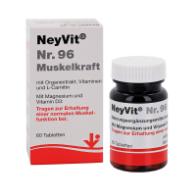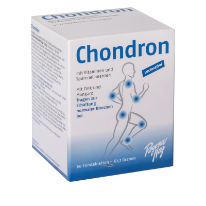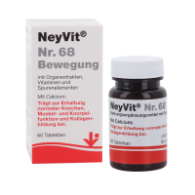
Areas of application / movement
Movement
The extremely complex system of the musculoskeletal system, consisting of over 200 bones, more than 600 muscles, joints, tendons and ligaments, is a true masterpiece of anatomy.
Our body has impressive mobility and flexibility, which is made possible by these structures.
The musculoskeletal system is divided into two main components: the passive and the active musculoskeletal system.
The passive musculoskeletal system comprises bones, joints, ligaments and intervertebral discs, which act as a basic framework and connecting elements.
The bones form the stable skeleton, the joints give us mobility, the ligaments hold everything in place and the intervertebral discs serve as shock-absorbing cushions between the vertebrae of the spine.
The active musculoskeletal system, consisting of muscles, tendons and fascia, is the driving force behind our movements.
The muscles are our powerful motors that generate movement through contraction.
The tendons transfer the muscle power to the bones and thus enable the movement of our limbs.
Fascia is the connective tissue that envelops our muscles and gives them structure.

The smooth cooperation of these elements is crucial for our mobility and physical performance.
Any disruption or injury to this system can lead to limitations and pain.
Therefore, the care and protection of our musculoskeletal system is of central importance in order to lead an active and healthy life.
In this impressive interplay of anatomical elements, gentle support at the cellular level could offer a way of maintaining balance in the musculoskeletal system.
Diseases and symptoms
- Joint diseases of the large and small joints, such as arthrosis and arthritis, can lead to pain and limited mobility.
- Diseases of the spine, such as a slipped disc, can exert pressure on nerve roots and cause severe back pain.
- Muscular diseases, such as muscular dystrophy, impair muscle strength and mobility.
- Diseases of the connective tissue, such as Ehlers-Danlos syndrome, lead to hypermobility and instability of the joints.
Care and maintenance of health
- Regular exercise: Maintain regular physical activity to keep your muscles and joints healthy.
- Healthy diet: Make sure you eat a balanced diet rich in calcium and vitamin D to promote strong bones.
- Weight control: Maintain a healthy body weight to reduce stress on the joints.
- Posture training: Make sure you have good posture to prevent back problems.
- Stretching and strengthening: Incorporate regular stretching and targeted strengthening of the muscles into your routine, especially the back and abdominal muscles, to improve the stability and flexibility of the musculoskeletal system.
The following content is only visible to specialists. Register now.


NeyVit®
No. 96 Muscle strength
Contributes to the maintenance of normal muscle function.
PZN 18307414



